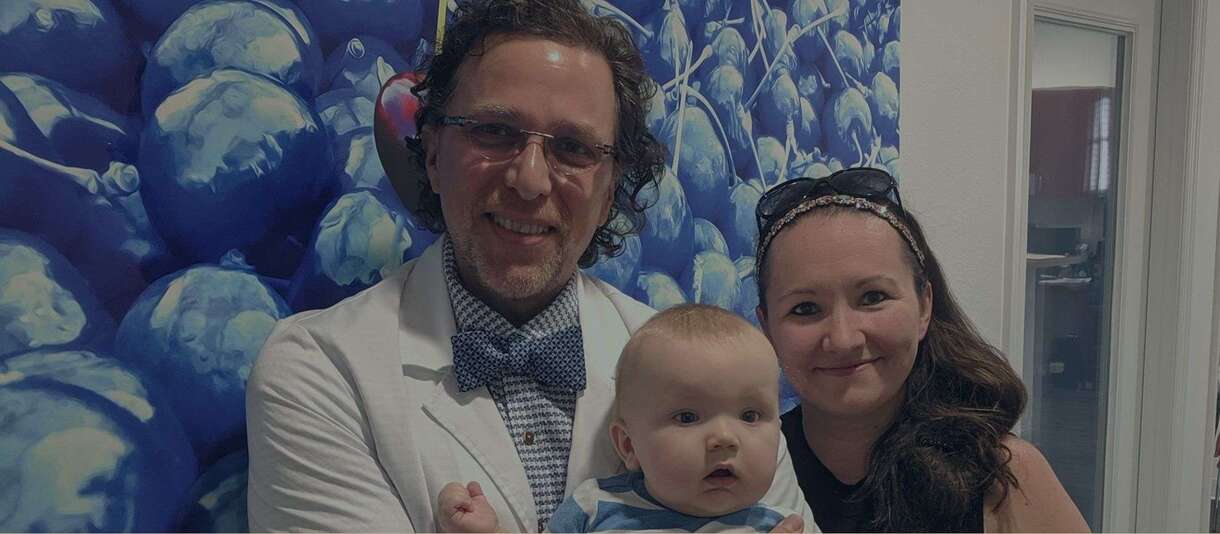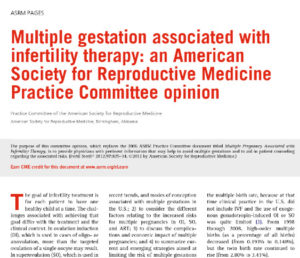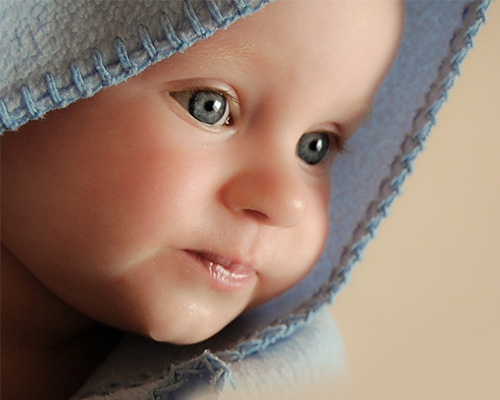IVF Patients Ask For Twins And Higher Order Pregnancies
IVF Technology advances with Pre-implantation genetic screening, vitrification, and single embryo transfers.
Twin and higher order pregnancies are considered a complication of IVF and super-ovulation. Twin and Higher order pregnancies can end prematurely in more than 70% of cases. Pre-term birth is very dangerous for babies. There can be respiratory, vascular, intestinal, infectious, and brain complications that can lead to a life of disability.
IVF patients have been asking on a weekly basis for twin pregnancies. Patients say things such as “twins are cute,” or “I only want to go through one pregnancy,” or “I am older and only want to go through one more pregnancy.” Some patients also focus on the cost of ART treatments and the desire to increase the chance of a live birth by implanting more embryos. I assure you that the cost of the NICU and the care that a pre-term baby or babies with short term or long term morbidity may require is many, many, many times higher that the cost of many IVF tries.
Up until recently, we have usually transferred one or two embryos into younger patients early in the process. Sometimes more embryos are transferred in special situations.
Recently, technology has changed. One such change has been the new freezing technology called Vitrification (wikipedia). With this technology, the pregnancy chance with a fresh embryo transfer is similar to that of a frozen/thawed embryo transfer. Therefore, there is not a “fear” of freezing embryos anymore. In the past, frozen/thawed embryo transfer pregnancy rates were a fraction of a fresh transfer. Nowadays, the transfer of a frozen/thawed embryo into a “programmed” uterus may result in a higher chance of pregnancy than the transfer of a fresh embryo into a hyper stimulated patient. That is why many patients hear the “all freeze” protocol information in our consultations. The better freezing technologies present patients with the choice of transferring one embryo at the time.
Unfortunately, a single embryo transfer carries a lower chance of pregnancy than when 2 or 3 are transferred. Most younger patients can expect a chance of pregnancy with a single embryo in the range of 35-40%. So, commonly, patients will ask for two.
Recently there is a whole new technology that is really a game changer. Pre-implantation genetic screening of embryos at the blastocyst stage yields such good data that patients can expect a chance of pregnancy in excess of 80% per transfer per single embryo. The reason for this huge jump is that the single embryo being transferred has been shown to carry the normal number of chromosomes by very powerful technology.
With pregnancy rates in excess of 80% per “normal” embryo transferred (normal within the limits of the technology), transferring two such tested embryos is essentially a planned twin pregnancy.
I have been trying to counsel our patients to accept single embryos for transfer, but many are still pushing and pushing. At this time we can manage cases on a one on one basis, but patients should educate themselves of the risks to themselves and their babies. I have discussed this issue with our Maternal Fetal Medicine consultants and they all support the transfer of single embryos after PGS with trophectoderm blastocyst biopsies and 24 chromosome microarray complete genomic hybridization.
Below you can find the American Society of Reproductive Medicine document about higher order pregnancies (click to download).
Julio E. Pabon, M.D., F.A.C.O.G.
www.geneticsandfertility.com
CEO Fertility Center and Applied Genetics of Florida
Assistant Clinical Professor/Florida State Univ. College of Medicine




